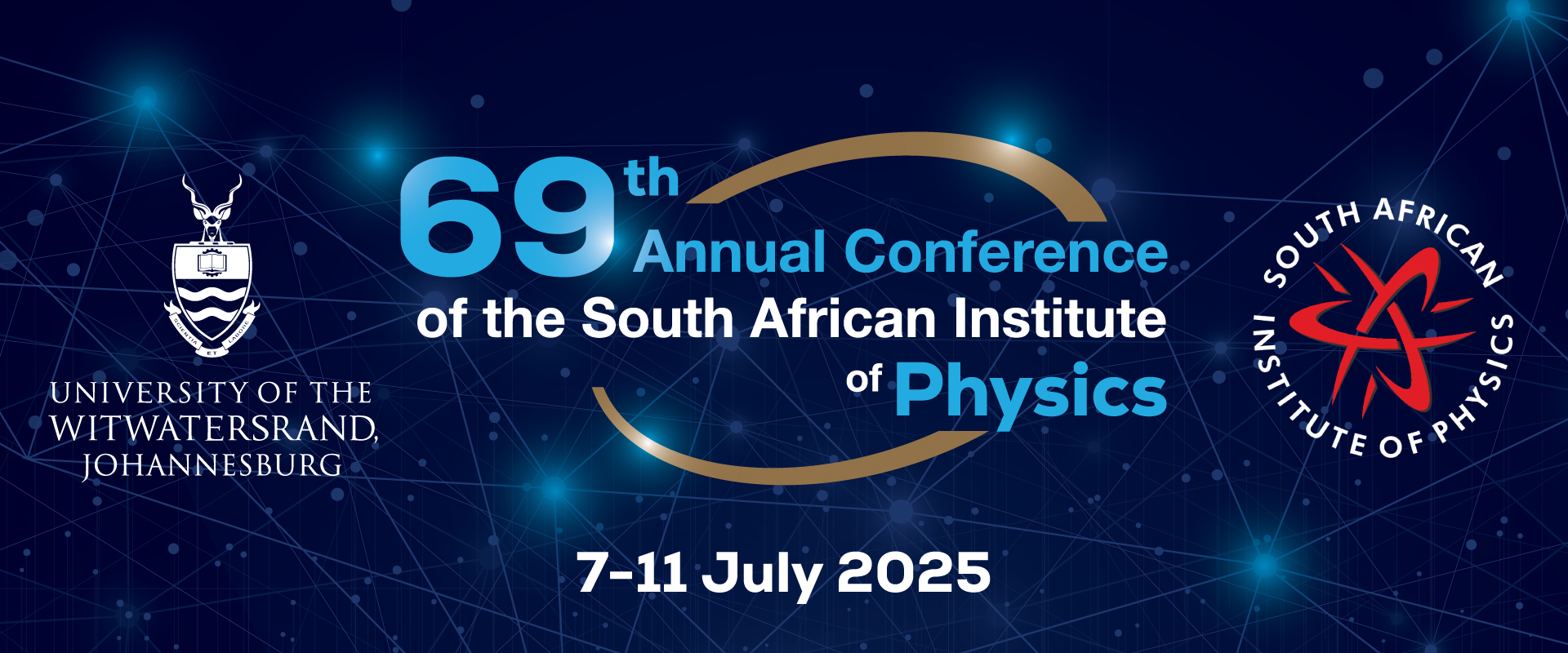Speaker
Description
In this study, we investigate the azimuthal modulational instability (MI) of bright vortex ring solitons in spinor exciton-polariton condensates. Considering the distance where the maximum vortex intensity occurs, we derive a quasi-one-dimensional azimuthal Gross-Pitaevskii equation describing the vortices, and perform a stability analysis in Fourier space. By examining the MI growth rate spectra of azimuthal modes, we show that vortices become unstable below a critical wave number, leading to their breakup into a ring of filaments. Additionally, we analyze vortex-antivortex configurations, and find to that the strength and sign of spin-orbit coupling (SOC) dramatically influences the stability and symmetry of vortex states within the adiabatic approximation. Employing an analytical approach based on a non-conservative Euler-Lagrange formalism for complex Ginzburg–Landau equations (cGLE), we derive explicit expressions for stationary bright vortex ring solitons under photonic SOC induced by TE-TM splitting. These solutions serve as initial conditions for numerical simulations of coupled Gross-Pitaevskii equations, revealing regimes where cylindrical symmetry spontaneously breaks, resulting in core deformation, fragmentation, or collapse. The results demonstrate that photonic SOC acts as a destabilizing force, driving pattern formation and symmetry breaking in polariton fluids.
| Apply for student award at which level: | PhD |
|---|---|
| Consent on use of personal information: Abstract Submission | Yes, I ACCEPT |

